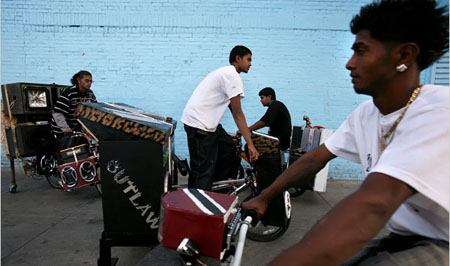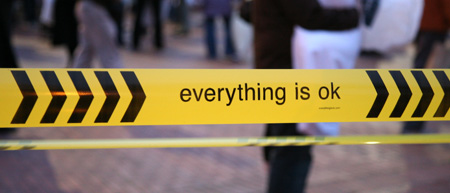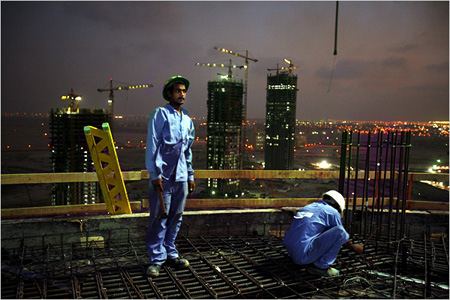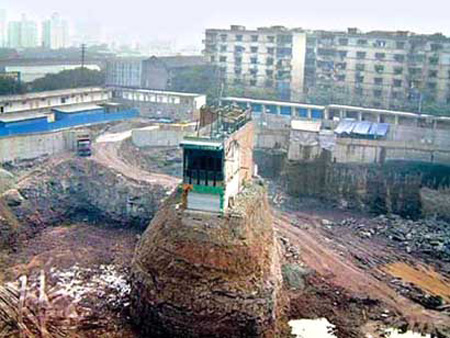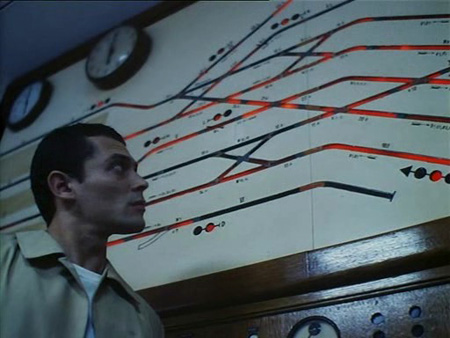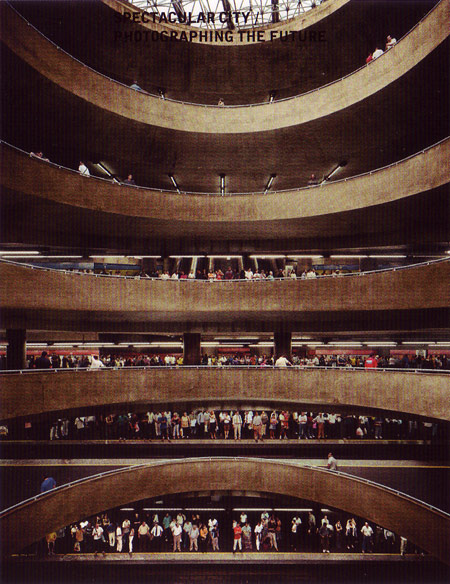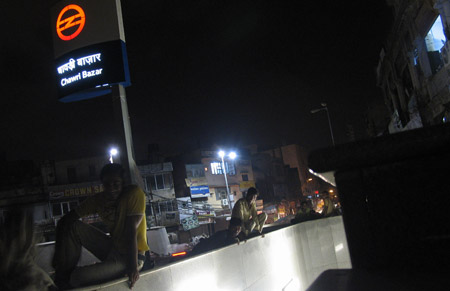Run when you hear the sirens coming
(I suggest to listen to Dizzee Rascals ‘sirens’ while reading this post). so I am in Johannesburg (or some elite gated community called ‘Sandhurst‘ that tries hard not to be part of the rest of the urban fabric) for less than two hours and I am already not used to a lot of things:
Physically i am totally not used to run up and down hills. it’s something we just don’t do in Holland (because of the general flatness of the place). Even worse i am not used to running up hills in the mid day summer heat.
More interestingly though i am totally not used to run in a place like this. Sandhurst is a gated community with only two entrances and even within that fenced-off area every property is individually surrounded by electrical fences, CCTV cameras and armed guards. In fact the only people on the street are either guards or cleaning crews.
As if it was not surreal enough already to run around in this maze of streets that is surrounded by an outer fence and surrounds the inner fences around the individual properties, there are these cars of security companies that patrol the streets and which have the most hideous – straight form the movies – names:
USB marines, Armed Response Unit, SWAT unit (complete with desert camouflage paint job) or – my personal favorite – the jack bauer inspired ‘tactical team‘ SUV.
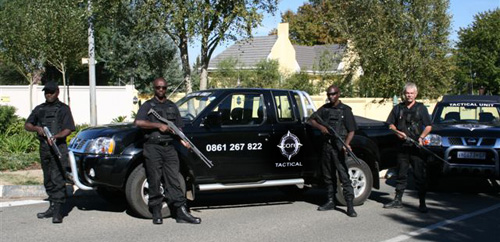
Tommy, who is from Croatia and should know such things, consequently calls this place a ‘war zone’ and as far as i am concerned that Dizzee Rascal song mentioned at the beginning of this post provides the perfect soundtrack for running through this madness.

